How To Transfer Files Mac To Iphone
If you have a newer Apple Silicon Mac and an older Intel Mac lying around, you can connect the two using Sharing Mode, so that the older Mac appears as an external hard disk to your new machine.
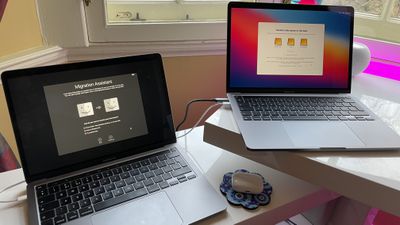
Sharing Mode on Apple Silicon Macs replaces the older Target Disk Mode found on Intel Macs, and can be used similarly to transfer data between two Macs. Mac Sharing Mode turns the system into an SMB file sharing server, providing another Mac with file-level access to user data.
Using the method described below will allow you to easily transfer your files across from an older Mac to a new Apple Silicon Mac. Keep reading to learn how it's done.
- Connect the two computers using a USB-C or Thunderbolt cable.
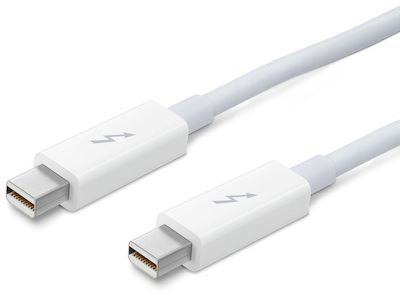
- If the Apple Silicon Mac is powered on, shut it down ( menu -> Shut Down).
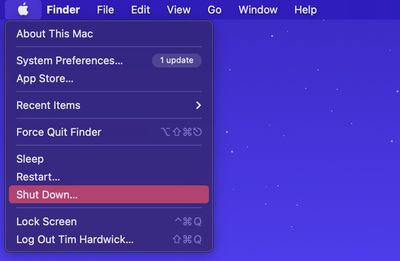
- On the same Mac, press and hold the power button until you see a screen offering "Loading startup options."
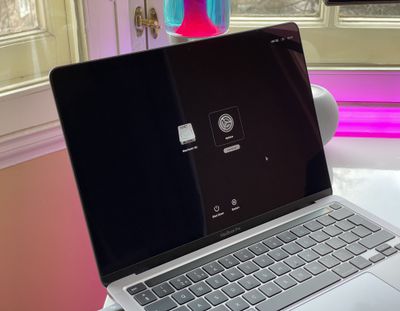
- Click Options, then click Continue. Enter the password for an administrator account if prompted.
- When your Mac has entered Recovery mode, choose Utilities -> Share Disk from the menu bar.
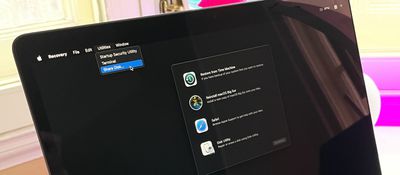
- Select the disk you want to share with the other Mac, then click Start Sharing.
- On the other Mac, open a Finder window and click Network in the sidebar under "Locations."

- In the Network window, double-click the Mac that has the shared disk, then click Connect As.
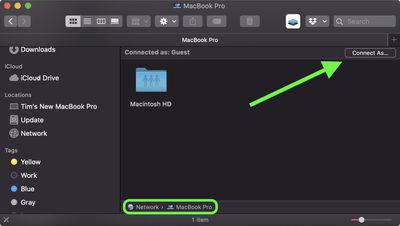
- Select Guest in the Connect As window, then click Connect.
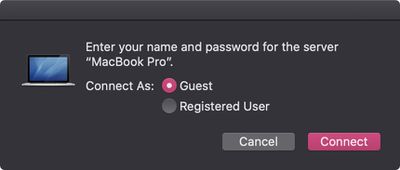
- Transfer your files.
- When your files are transferred, eject the disk on the other Mac.
macOS Recovery on Macs with Apple Silicon includes a number of other apps that can help you repair an internal disk, reinstall macOS, restore your files from a Time Machine backup, and more.
Related Stories
How to Repair the Startup Disk on M1 Apple Silicon Macs
Monday December 7, 2020 5:54 pm PST by Tim Hardwick
Disk Utility is Apple's go-to macOS app for finding and repairing common disk errors, but if it's your Mac's internal disk that's the problem, then your Mac might not even start up into macOS. Fortunately, in such cases you can still get to Disk Utility from macOS Recovery. On Intel-based Macs, pressing the Command-R key combination immediately on booting invokes Recovery mode. On Macs...
How to Check Your Mac's Warranty and AppleCare+ Status
In macOS Big Sur 11.3 and later, it's easy to find up-to-date information about your Mac's warranty or AppleCare plan. You can check whether your device is covered and see what kinds of repair and support are included with your cover. You can also find your agreement number, proof of purchase and expiry date. To get information on your Mac's warranty status and/or AppleCare+ plan, first...
How to Launch the Intel Version of a Universal Apple Silicon App
Friday March 12, 2021 3:51 pm PST by Tim Hardwick
Macs powered by Apple silicon, such as the M1 MacBook Pro, can run both iOS apps and Mac apps, but they can also run x86-64 software that's been built to work on Intel architecture, thanks to something called Rosetta 2. Rosetta 2 is the translation layer that enables a Mac with Apple silicon to use apps built for an Intel-based Mac. The first time you launch an app that requires it, an alert ...
How to Record Your Mac's Screen
If you've ever wanted to record a video of your Mac's screen but don't know quite how to do so, then you've come to the right place. Keep reading to learn how you can record any Mac desktop activity in just a few simple steps. Recording the activity on your Mac's screen can be useful for a number of reasons. For example, if you want to teach someone how to perform a particular function on...
How to Tell Which Mac Apps Are Optimized for Apple Silicon
Friday November 27, 2020 3:43 am PST by Tim Hardwick
Following the launch of Macs powered by Apple silicon, numerous third-party apps have been updated to ensure they are optimized to run on Apple's custom processors. Even if an app hasn't been updated, Apple's non-Intel Macs can still run them, thanks to Apple's Rosetta 2 translation layer. But how do you know which of your apps are running natively as Universal executables and which ones are...
How to Check Your Mac's Battery Cycles
Wednesday May 12, 2021 9:22 am PDT by Tim Hardwick
Apple's latest MacBooks offer some of the most impressive battery life seen on any notebook, with the company's adoption of Apple silicon taking power efficiency to a whole new level. But like all rechargeable batteries, the actual lifespan of a battery is dictated by the number of charge cycles it's been through. Keep reading to learn how to check the battery cycle count on your MacBook. ...
How to Hide Like and View Counts on Instagram Posts
Wednesday May 26, 2021 8:05 am PDT by Tim Hardwick
Instagram has added new options on the platform that allow users to hide the number of like and view counts of other people's posts, as well as the same counts on their own posts. The new options have been introduced to "depressurize people's experience" on the platform, the Facebook-owned social media company said. Instagram has been testing out the options in several countries since 2019,...
How to Erase an M1 Mac
Tuesday March 2, 2021 11:25 am PST by Tim Hardwick
This article explains how to erase (or format) the built-in startup disk of a Mac with Apple silicon. Note that erasing your Mac permanently deletes all files on it, so follow the backup advice carefully. If you plan to give away, sell, or trade in a Mac, erasing your Mac should be the final step. First, Back Up Your Data Before you do anything, you should back up the files on your Mac. You ...
How to Install Rosetta on an Apple Silicon Powered Mac
Wednesday December 2, 2020 3:38 pm PST by Tim Hardwick
Macs powered by Apple silicon, such as the MacBook Pro models featuring M1, M1 Pro, and M1 Pro Max chips, can run both iOS apps and Mac apps, but they can also run x86-64 software that's been built to work on Intel architecture, thanks to something called Rosetta 2. Rosetta 2 is the translation layer that enables a Mac with Apple silicon to use apps built for an Intel-based Mac. The...
How to Export Facebook Notes and Text-Based Posts
Tuesday April 20, 2021 1:13 am PDT by Tim Hardwick
Facebook has introduced a tool that lets users export notes and text-based posts to third-party services, making it easier than ever to leave the social network without saying goodbye to your content. The new "data portability types" mean people can now directly transfer their notes and posts to Google Docs, Blogger and WordPress. The updates are extensions to Facebook's existing tool that...
How To Transfer Files Mac To Iphone
Source: https://www.macrumors.com/how-to/transfer-files-apple-silicon-mac-to-mac/
Posted by: fortnerstoult.blogspot.com

0 Response to "How To Transfer Files Mac To Iphone"
Post a Comment